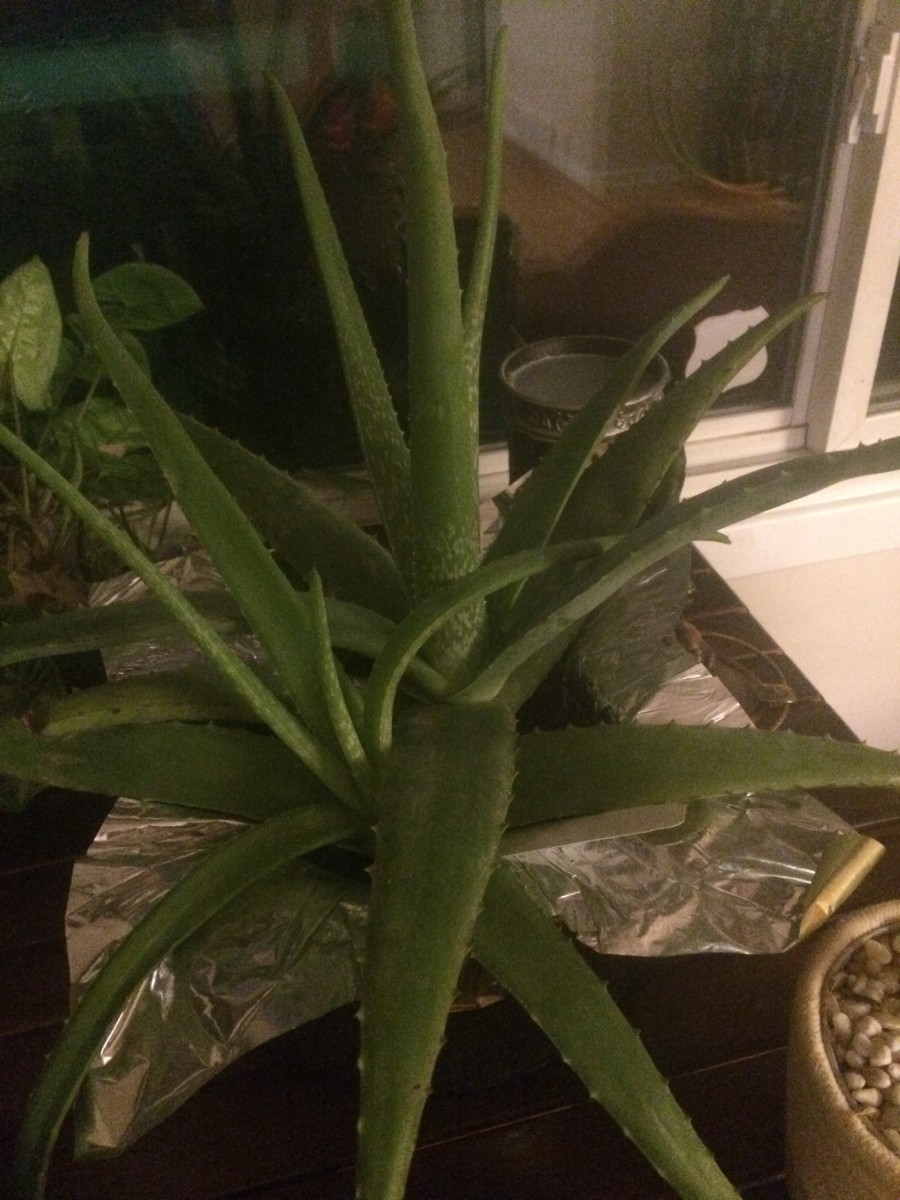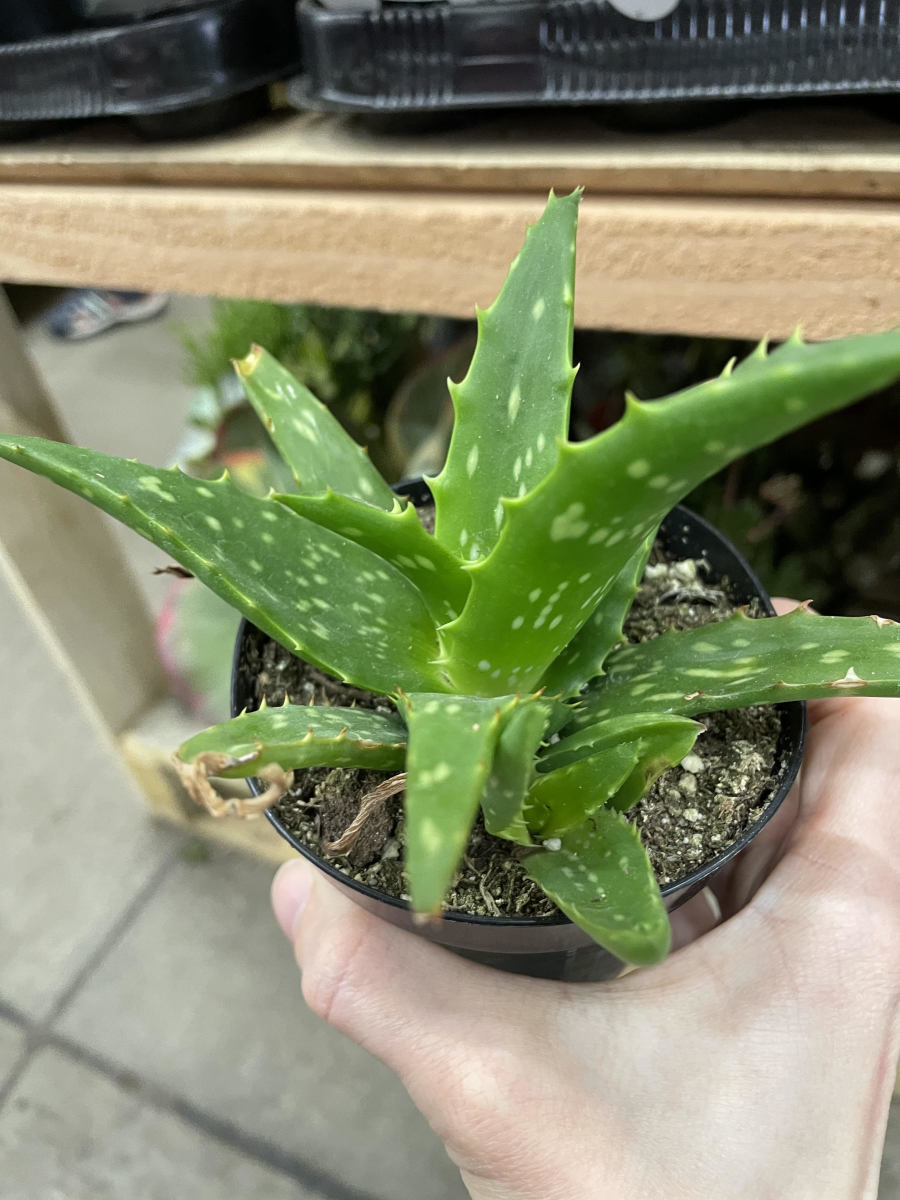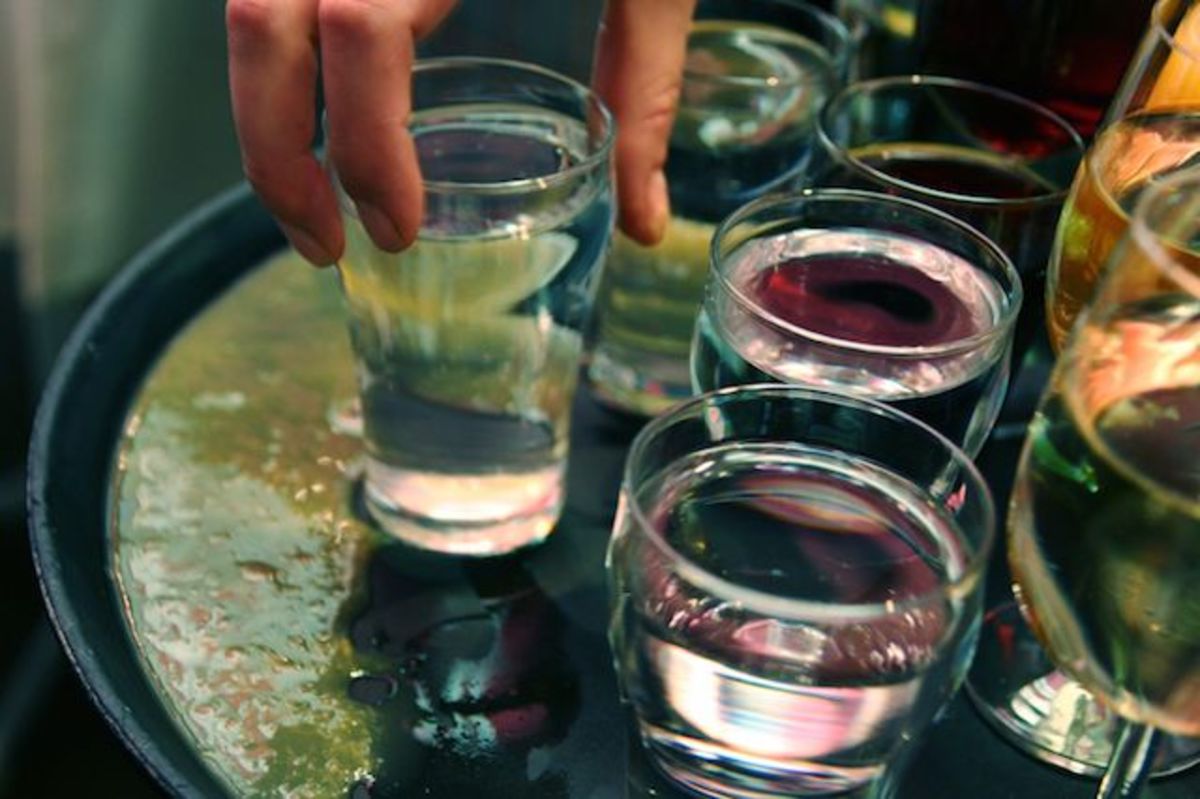5 Nontraditional Indoor Plants for Health
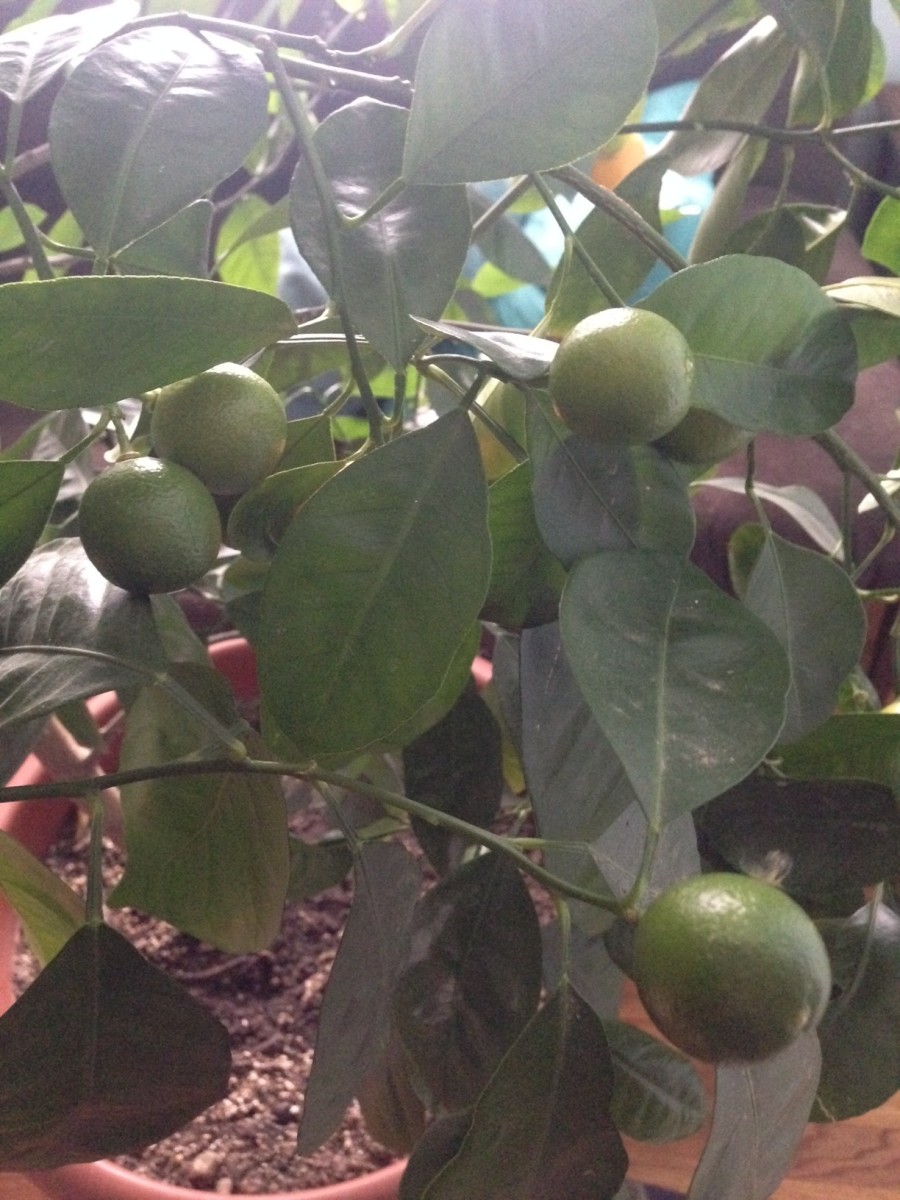
Dwarf Lime
Traditionally, Limes are not considered a houseplant but with the dwarf varieties that exist you can grow them anywhere indoors as long as you have a window with plenty of sun. The smell of citrus flower is one of the most amazing scents that can ever be smelled. Essential oil of Lime can be used in many ways. You can use the leaves to make tea or use the actual fruit or dried Rhine in other methods. Some of the benefits of owning a lime tree include:
-
Appetite and Digestive stimulant.
-
Antiseptic
-
Has fever reducing properties.
-
Antibacterial that can be used to make all natural cleaning solutions.
- Antiviral
- The smell of citrus has an uplifting effect emotionally.
How to Make Citrus Cleaner

Dwarf Orange
Next to my Dwarf Lime is a Dwarf Orange. There are so many amazing benefits of drinking tea made from the leaves. Or of course the fruit and peels can be utilized as well. It’s hard to believe that the two Dwarf Citrus trees grow so amazing well indoors in Michigan in the winter, but you can take them outside in the spring and summer as long as the temperature doesn’t drop too low. Some of the health benefits of owning an orange tree include:
-
Antioxidant
-
Thought to have anticancer properties.
-
Anti aging. (Ingesting Vitamin C is good for your skin, as well as essential oil or cold compressed oil for topical application. I often use vitamin c drops in my skin care routine.)
-
Improves Heart health.
-
Improves Digestion.
-
Helps manage Blood Pressure.
-
Promotes Weight loss.
-
Detoxifying effect.
-
Can be a great antibacterial cleaner. (Use orange peels soaked in white vinegar for 10 days before removing the peels, then you can dilute with water and use it as a cleaning spray. Great for wood furniture floors.
-
Reduces stress. (My favorite use for citrus is in the morning. Using citrus in aromatherapy is proven to reduce stress.)
How to Make Tea From Citrus Leaves
- Lemon Leaf Tea Recipe - Seduce Your Tastebuds...
Lemon leaf tea recipe - A refreshing and flavorful tea made with just 3 ingredients!
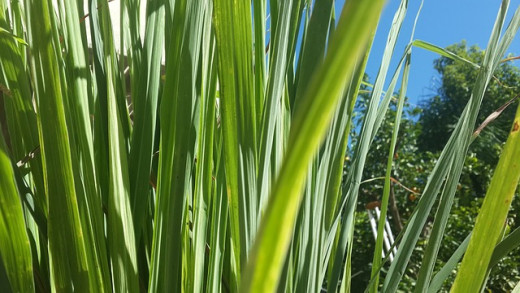
Lemon Grass
Staying on the citrus theme we have going here, Lemon Grass is another plant that most don't consider an indoor houseplant. But actually, in loves indoors especially if you live in a colder climate like me in Michigan where our growing season is later and ends sooner. Lemongrass is often used in Thai cuisine. It has an amazingly strong lemon smell making it great for aroma therapy. Lemongrass enjoys direct sun, so a windowsill is ideal. It enjoys damp soil, so small frequent watering are recommended. Some of the healing benefits of Lemongrass include:
-
Astringent properties. (It can be used to close pores.)
-
Aromatherapy is good for headaches.
-
Uplifting effect for lethargy.
-
Has fever reducing properties.
-
Insect repellant. (The essential oil or scent of the plant can be a great mosquito repellant and can be used in the treatment for fleas and lice.)
-
Can make a great cleaner. (Boil fresh lemongrass with water then strain and use for a multi purpose cleaning solution.)
Lemongrass Tea Recipe
- Simplest Lemongrass Tea Recipe and Why It's Good For You - Zen Health
This lemongrass tea recipe is so quick and easy to do. It calls for two ingredients and twenty minutes. That's it! See why this tea is so good for you too!
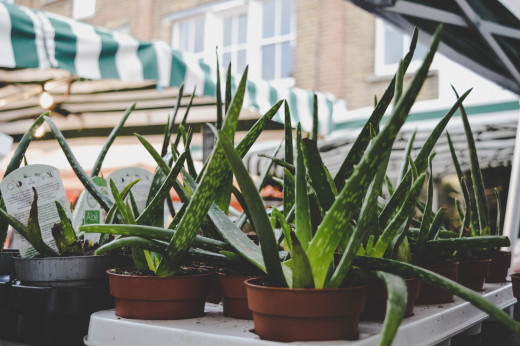
Aloe
Aloe is the most traditional on this list but still not your typical houseplant. It’s my absolute favorite “go to” plant for various ailments. It needs indirect sunlight to survive, and likes sandy soil. You can go days in between watering since it is a desert plant it will tolerate the dry soil. Aloe is one of the most versatile plants you can have in your collection of plants. The plant will sprout new babies over time in which you can transplant and give to friends or family. Using Aloe consists of cutting a piece of the plant and slicing it lengthwise to expose the gel in the middle of the plant. The outside can be poisonous and is not to be ingested. It is important to use a clean knife and rinse the aloe before cutting. Unlike store bought Aloe Gel, the Aloe Plant does not contain any alcohol or other chemicals which actually may harm your skin or cause irritation.
Some of the uses for Aloe include:
-
Applying to Sunburns or Heat Burns.
-
Soothing irritated skin.
-
Helps with toothaches and promotes Oral Health.
-
Can be used topically for hemorrhoids or anal fissures.
-
Helps to heal wounds.
-
Improves Digestive Health and can be used as a Laxative.
-
Used for skin care for anti aging purposes.
-
Can be used topically or internally.
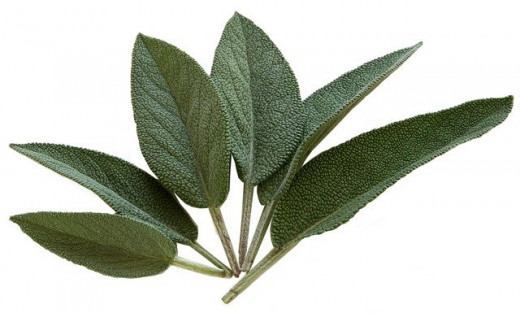
Sage
Another plant not traditionally grown as an indoor houseplant is Sage. Sage is an herb that grows like a bush and enjoys sunlight. The red and purple varieties have a much stronger scent than the others but any variety will do. Also, the red variety is thought to have a pleasing and calming effect because of the color. Sage has many purposes such as cooking, herbal remedies, and burning as incense. Some of the benefits of sage include:
- Treatment for Depression and anxiety.
- Helps relieve post viral fatigue syndrome.
- Thought to help with anxiety and confusion in the elderly.
- Can be made into a cold compress for menstrual cramps.
- Antiseptic (can be made into an antiseptic wash.)
- Use as a gargle for various mouth sores or pain.
- Thought to be a stimulant.
- Anti spasmodic properties.
Creating an Herbal Compress
- Herbal Compresses and Fomentations: What They Are & How To Use Them
Herbal compresses and fomentations are easily overlooked, however they have great potential for helping to ease discomfort. Here's how to make and use them!

